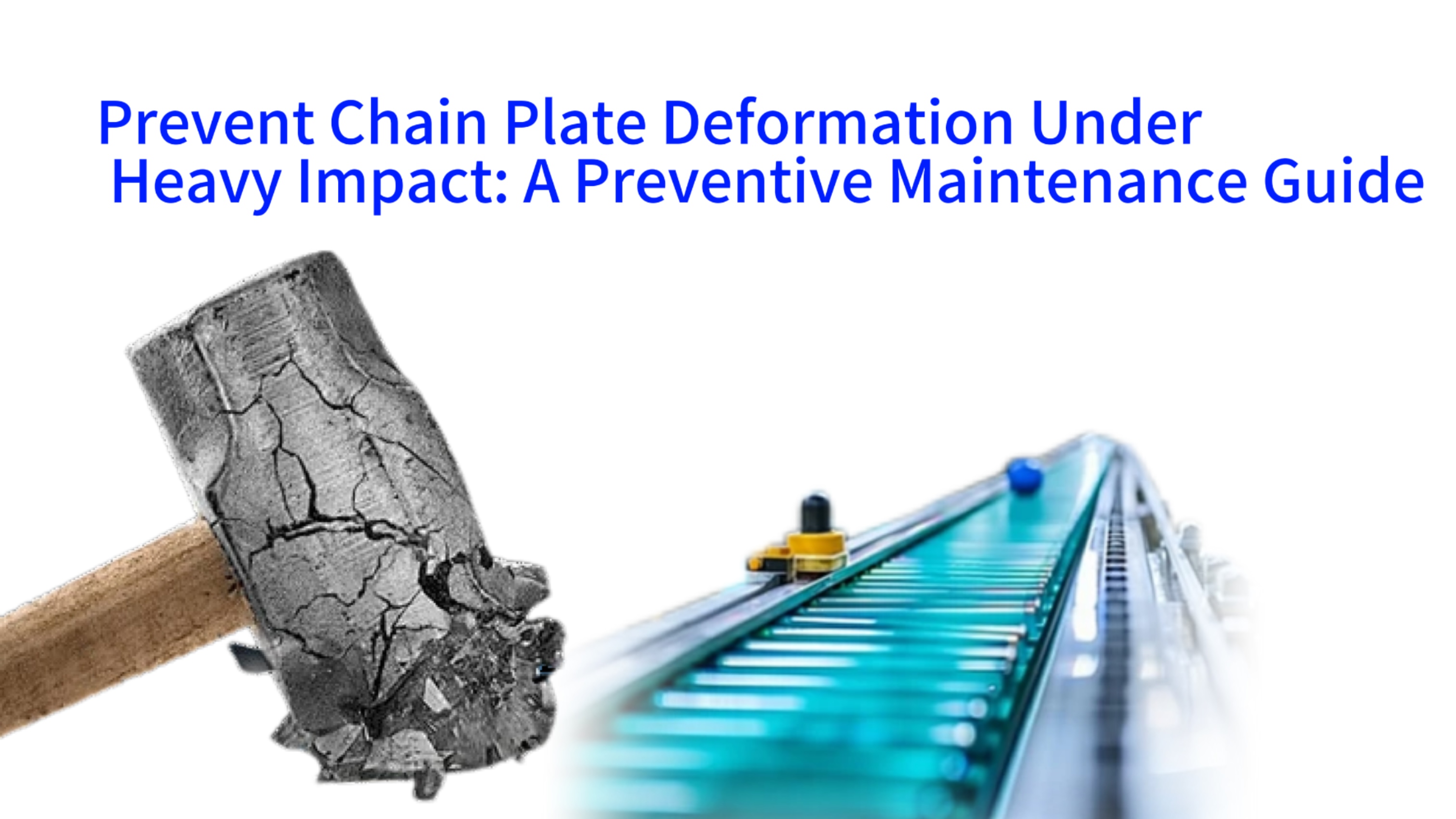This comprehensive guide details effective strategies for preventing deformation in chain plate feeders exposed to heavy impacts from concrete blocks, metal contaminants, and wet waste materials. Discover a complete lifecycle approach covering prevention, monitoring, reinforcement, repair, and optimization techniques that minimize misalignment, material leakage, and unexpected downtime in demanding transfer station environments.
Understanding Impact Loads and Failure Mechanisms
Accurate quantification of impact forces is essential for developing effective prevention strategies. Heavy materials create unique stress patterns that differ significantly from normal operating conditions. Recognizing these destructive forces enables targeted protection measures.
Material Density-Drop Height-Velocity Relationship
A 5-ton concrete block falling from 3 meters generates approximately 150 kJ of impact energy. This force concentration creates localized stresses exceeding 600 MPa on chain plates. Understanding this energy transfer helps engineers design impact-resistant systems for waste handling equipment.
Dynamic Load Factors in Practice
Field measurements confirm dynamic load coefficients between 1.5-2.0 significantly influence peak impact forces. These values must be incorporated into finite element analysis (FEA) models to accurately predict structural behavior under shock loading conditions.
Critical Stress Concentration Zones
Transition areas between central stiffeners and side plates represent high-risk locations for crack initiation. These geometric stress concentrators require special attention in both design and ongoing maintenance programs.
Material Selection and Structural Enhancements
Choosing appropriate materials and configurations provides the first line of defense against deformation. Advanced alloys and intelligent designs significantly extend component lifespan while maintaining operational integrity.
High-Strength Alloy Comparison
Mn13 manganese steel offers 180J impact toughness, while composite wear plates achieve 550 HB hardness. This combination provides 40% longer service life compared to standard materials in high-impact environments like tough material handling.
Optimal Stiffener Configuration
Adding transverse stiffeners every 300mm reduces bending stress by 25%. This reinforcement strategy maintains structural integrity without significantly increasing weight or impeding material flow.
Modular Wear Plate Systems
Quick-change wear plates secured with six bolts enable 30-minute replacements during planned maintenance windows. This modular approach minimizes downtime while ensuring continuous protection for critical components.
Surface Hardening Technologies
Laser-cladding 2mm tungsten carbide layers creates surfaces exceeding 1,000 HV hardness. This advanced treatment reduces wear rates by 60% while maintaining the base material's structural properties.
Preventive Inspection and Early Detection
Proactive monitoring identifies deformation risks before they cause operational issues. Integrating inspection routines into daily workflows enables timely interventions.
Shift-Based Visual and Acoustic Checks
Operators perform percussion testing during each shift change. Dull hammer sounds indicate cracks exceeding 2mm depth, triggering immediate investigation and marking for repair.
Laser-Based Deformation Measurement
Precision laser distance gauges detect deflections as small as 3mm. Readings exceeding this threshold automatically generate reinforcement work orders in maintenance management systems.
Real-Time Stress Monitoring
Embedded strain gauges provide continuous stress readings. When stress levels exceed 80% of material yield strength, automated SMS alerts notify maintenance teams for immediate action.
Thermal Imaging for Weld Integrity
Infrared cameras identify temperature differentials exceeding 15°C across welds. These thermal anomalies serve as early indicators of crack formation before visible signs appear.
Reinforcement and Repair Techniques
Practical field methods restore structural integrity while preventing secondary deformation. These proven techniques minimize downtime while ensuring long-term performance.
Crack Arresting and Welding Procedures
Drilling 6mm stop holes at crack ends prevents further propagation. Subsequent low-hydrogen electrode welding followed by 200°C tempering restores structural continuity while minimizing residual stresses.
Wear Strip Reinforcement
Applying 12×40mm wear strips with hardness-matched filler materials reinforces critical zones. This localized reinforcement extends service life between full replacements.
Precision Bolt Tightening Protocols
Standardized 400 N·m torque for M20 bolts combined with locking washers and thread-locking compounds prevents vibration-induced loosening. This dual-securing method maintains structural integrity in high-vibration environments like shredding systems.
Field Straightening Techniques
Hydraulic press systems restore deformed plates to original specifications in under 30 minutes. This rapid correction minimizes production interruptions while eliminating the need for complete component replacement.
Lubrication and Vibration Control
Combining advanced lubrication with vibration damping significantly reduces fatigue loading. This synergistic approach extends component life while improving operational smoothness.
Specialized Grease Selection
NLGI 2 lithium complex grease containing 3% molybdenum disulfide provides extreme pressure protection. This formulation maintains lubricity under heavy impact loads where standard greases fail.
Automated Lubrication Systems
Progressive pumps deliver precise 2ml grease quantities every 8 hours with ±5% accuracy. This consistent lubrication prevents friction-induced damage and reduces maintenance frequency by 40%.
Advanced Vibration Damping
Steel-rubber composite pads reduce vibration acceleration by 30%. These specially engineered dampers absorb impact energy that would otherwise transfer to structural components.
Chain Tension Optimization
Automatic tensioners maintain ±2% tension consistency, significantly reducing impact forces during material loading. This continuous adjustment compensates for wear and thermal expansion.
Economic Analysis and Future Developments
Implementing preventive measures delivers quantifiable returns while preparing for emerging technologies. Comprehensive evaluation justifies maintenance investments and guides future improvements.
Cost-Benefit Comparison
$2,000 preventive investments typically avoid $8,000 in downtime losses and repair costs. This 1:4 return ratio demonstrates clear financial advantage over reactive maintenance approaches.
Return on Investment Modeling
Preventive programs achieve 25% internal rate of return with three-year payback periods. These calculations incorporate both direct savings and productivity gains from uninterrupted operation.
Sustainability Contributions
Each year of extended equipment life reduces CO₂ emissions by 5 tons through avoided manufacturing and transportation of replacement components. These reductions contribute to waste processing sustainability certifications.
Digital Twin Predictive Platforms
Advanced simulation models predict remaining component life with under 5% error. These digital replicas enable precise maintenance planning based on actual operating conditions and material impacts.
Smart Material Innovations
Shape-memory alloy prototypes demonstrate self-recovery capabilities after impact deformation. These emerging materials promise significant reductions in maintenance requirements for future installations.
